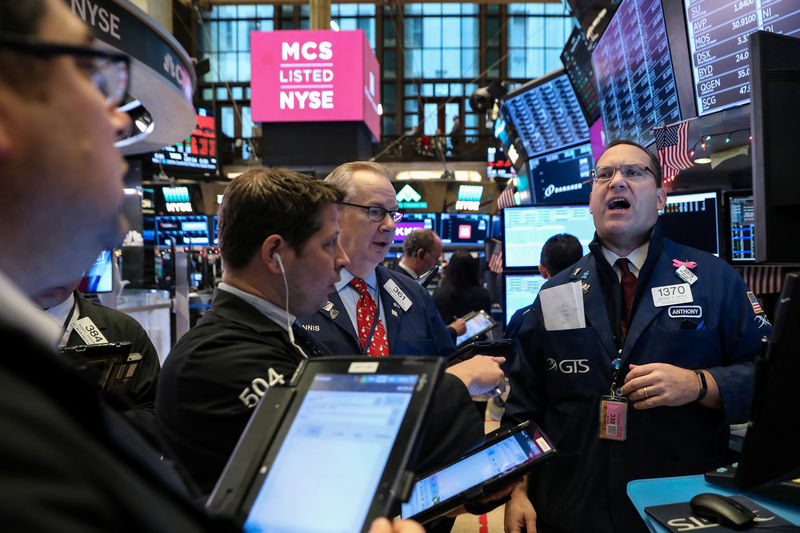By April Joyner
NEW YORK (Reuters) - As U.S. stocks have been rocked by trade tensions and monetary policy worries, shares of small-cap companies, by one measure, have now confirmed that they are in their first bear market in three years.
On Friday, the small-cap S&P 600 Index (SPCY) fell 1.6 percent to mark a 20.05 percent decline from its Aug. 31 closing high. A drop of 20 percent or more from a record or long-standing high closing level is the typical definition of a bear market.
Meanwhile, a more widely tracked gauge of small-cap performance, the Russell 2000 Index (RUT), is close on its heels with a 19 percent fall from its record high.
Small caps have endured the brunt of the selling in the latest market decline, largely due to their higher sensitivity to rising interest rates.
Earlier in the year, however, when the large-cap benchmark S&P 500 Index (SPX) fell into correction with a 10.2 percent decline, small caps had outperformed, falling only around 9 percent, and they recovered more quickly. This time, large caps have fallen on average only about half as much as small caps, and the S&P 500 by contrast is down 11.3 percent.
Because they derive more of their revenue domestically than do large-cap companies, small caps were initially considered a relative refuge from the trade tensions that have roiled the markets for much of the year. The strength in the U.S. dollar, which makes products from large U.S. exporters more expensive for foreign customers, also provided a relative boost to small caps.
But in recent months, other issues, including worries over the Federal Reserve's course of interest-rate hikes and its potential impact on economic growth, have caused investors to retreat from small-cap stocks, which are generally considered riskier assets than large-cap equities.
"The smaller-cap companies back in the summer (were) considered a refuge," said George Dai, co-chief investment officer at Weatherbie Capital, a subsidiary of Alger. "That part of the halo has been taken off."
Concerns over the Fed's monetary policy have brought into focus another potential vulnerability for this group: Small-cap companies are more likely to raise debt funding via bank loans with adjustable rates than through fixed-rate bonds sold through capital markets, said Robert Phipps, director at Per Stirling Capital Management in Austin, Texas.
As the Federal Reserve has raised interest rates, the interest expenses for many small caps have risen, as has the possibility of them defaulting on their loans, especially as the pace of corporate earnings growth is expected to slow.
"It's the main reason we're seeing underperformance in small caps," Phipps said. "There's no doubt small caps are much more interest-rate sensitive than large caps are."
In contrast to large caps, small caps are generally more volatile and prone to more frequent bear market drops. Whereas the S&P 500 has been in an uninterrupted bull market since March 2009, the S&P 600 has endured two bear markets in the same period.

Small caps last fell into a bear market between June 2015 and February 2016, when they fell 20.7 percent. Before that they suffered a decline of nearly 27 percent between July and October 2011.